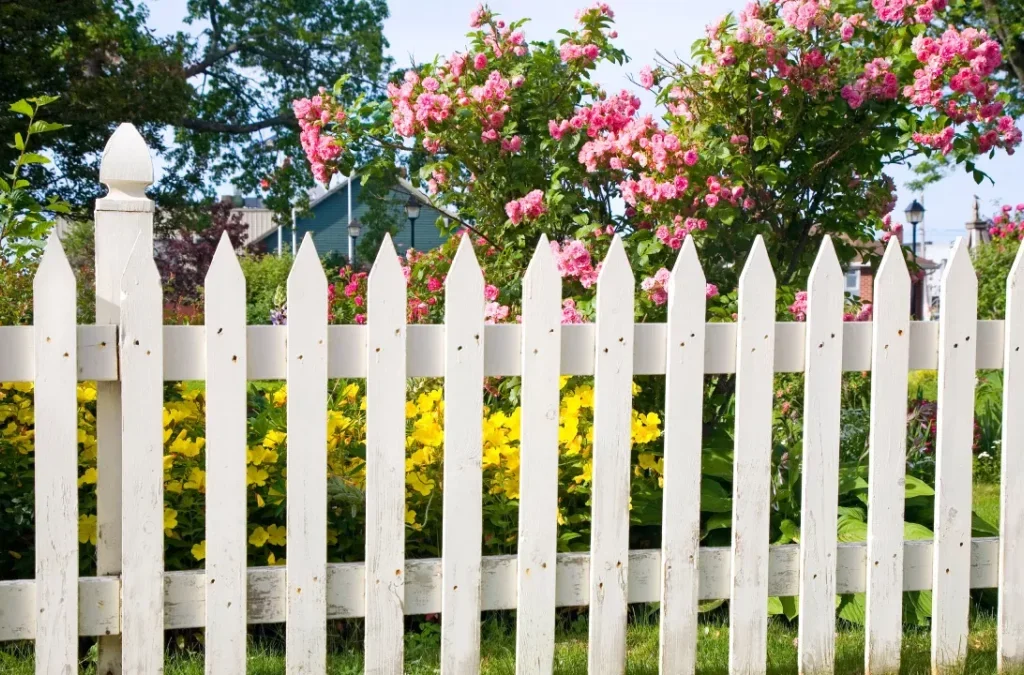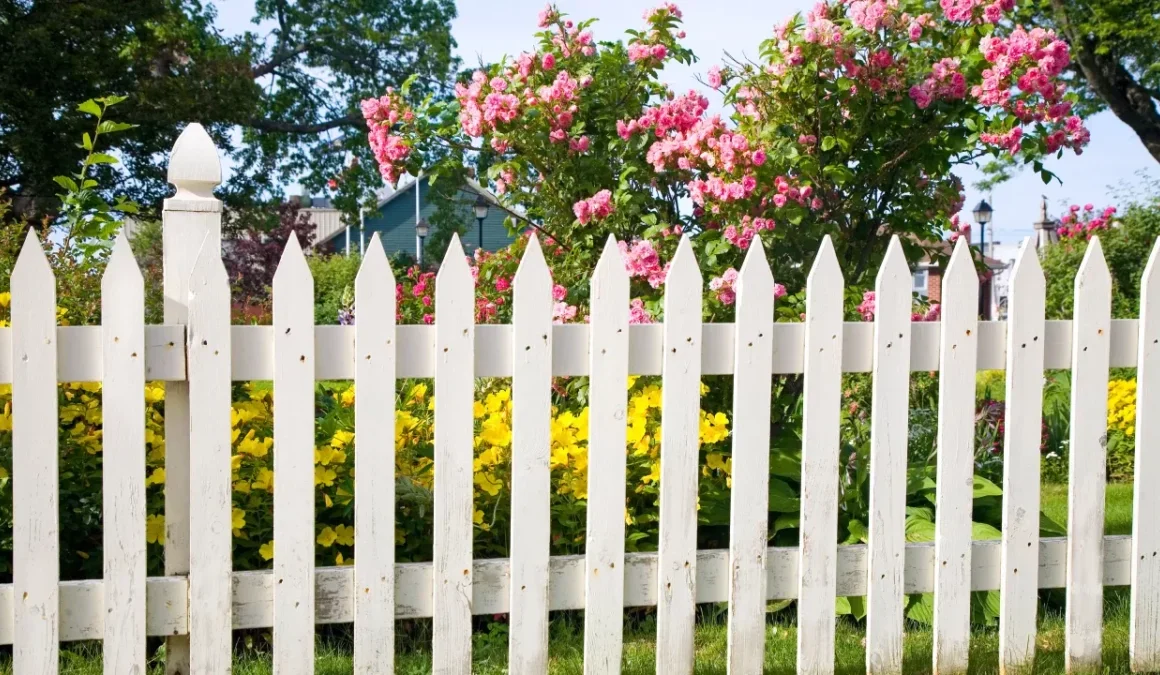LSA Expert Advice: Fence Rules and Regulations

Check out the following article as seen at realhomes.com,
with expert advice from Toni Lewis
MY SIDE OR YOURS?
FENCE RULES US: WHICH SIDE OF FENCE IS MINE?
When is a fence a problem? Toni Lewis, of Lewis Schoeplein Architects, tells us that ‘fences make good neighbors, but they can also be a source of conflict!’
The most basic rule is that ‘the person on whose property the fence is located owns, and is therefore responsible for, the fence. If the fence (or wall) is built right ON the property line then the fence would be considered jointly owned by both properties, with each property responsible for the upkeep of the side that faces their house.’
If you have a good, long-standing relationship with your neighbors and you share a fence, then it may be possible to agree to share the costs and responsibilities of said fence. Lewis admits that although this scenario is ‘ideal’, it is ‘not always practical.’
In most cases, ‘the surest way to know who owns a fence is to have a property survey done by a licensed surveyor. This document will show property lines and will indicate on whose property an existing fence resides.’
FENCE RULES: THE IMPORTANCE OF THE STAKEOUT SURVEY
As David Reischer, Esq., Real Estate Attorney at LegalAdvice.com, cautions, ‘a homeowner cannot build a fence anywhere they want. It is not uncommon to have a boundary line dispute and a fence needs to be taken down after costly construction
to erect.’
To prevent such disputes, ‘a homeowner should hire a licensed surveyor to ascertain where the true boundary line resides. A ‘‘stakeout” survey’ will mark the ground where the legal boundary line exists. A licensed surveyor will read the deed and upon the reading of the deed with precise measurements, then mark the ground where the actual boundary line resides.’
Once the surveyor has completed the survey, a fence can be built. ‘State laws may permit the side of the fence facing a neighbor to be painted or slightly altered so be sure to consult an attorney to learn the applicable law in your local jurisdiction.’
In other words, local laws will vary, so you should always consult a legal professional in your area.
DO I OWN THE LEFT OR RIGHT SIDE OF MY FENCE?
John Riedl, a Tampa, Florida-based remodeler and landlord, explains that ‘there is no conventional rule as to whether the fence on the left or right side of your land belongs to you.’
In some cases, simply taking a good look at your backyard will give you a good idea of which side of the fence you’re in charge of – ‘fences were most frequently built on land that belonged to the owner of the boundary, with the far side of the wall forming the actual boundary.’
However, this method for telling which side of the fence you own is not always reliable. Unless it’s very obvious, the survey should be your best bet.

FURTHER FENCE RULES TO BE AWARE OF
The main thing to be aware of is that fence rules vary by state. There are a few further useful terms to know, though, as identified by landscaping expert with USInsuranceAgents.com Dorothea Hudson:
- Occupancy is one definition for using a fence and refers to the use of the property up to the fence.
- ‘Join for use’ is another term that refers to the attachment of another fence to the boundary fence.
- ‘Entire Enclosure’ – this is when the entire property is enclosed by the attachment of another fence to the boundary fence.

FENCE RULES IN THE UK
If you are in the UK, fence rules are part of property boundary laws and can be complicated depending on when your house was built and its current deeds. If there is a determined boundary around your property already, then this should be recorded in the property deeds. If there isn’t, you can apply to have a determined boundary established on the gov.uk website.
Alternatively, you can make a formal agreement with your neighbors on where the boundary is and who owns the fence or hedge between the two properties.


